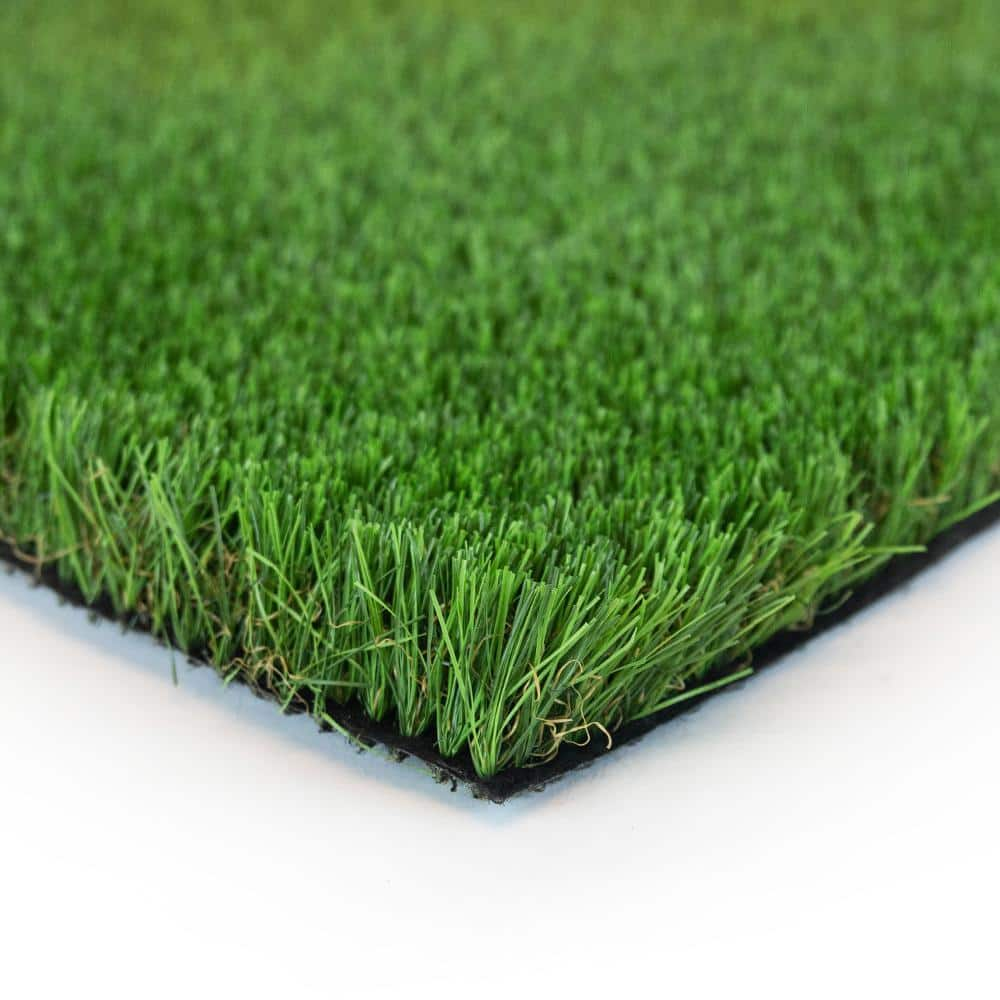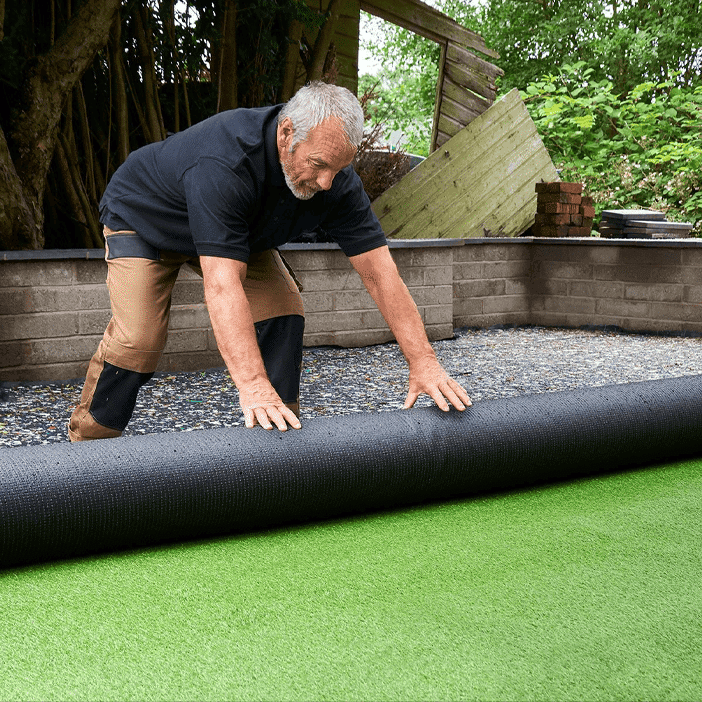Reputable Phoenix Turf Companies Delivering High-End Synthetic Grass Installation
Reputable Phoenix Turf Companies Delivering High-End Synthetic Grass Installation
Blog Article
Look Into the Environmental Benefits of Opting for Synthetic Grass Solutions
The adoption of synthetic grass options provides an engaging chance to deal with pressing environmental challenges. By substantially lowering water usage and reducing the application of dangerous chemicals, these alternatives not just promote sustainable landscaping but additionally safeguard neighborhood ecological communities.
Water Preservation Conveniences
One of the most considerable benefits of synthetic grass is its ability to conserve water. Traditional lawn lawns need considerable irrigation, especially in locations prone to drought or water constraints. In contrast, synthetic grass does not need watering, substantially lowering the overall demand for water sources. This attribute is particularly helpful in dry areas where water scarcity is a pushing problem.
By getting rid of the demand for routine watering, fabricated grass contributes to lasting landscape practices and aids mitigate the environmental effect of extreme water intake. The preservation of water prolongs to the decrease of runoff, which can lead to soil disintegration and waterway air pollution.
Additionally, the installment of synthetic grass enables towns and property owners to designate water resources more effectively, concentrating on crucial uses such as alcohol consumption water and farming. The shift in the direction of man-made grass not just advertises accountable water use however also straightens with broader environmental goals targeted at preserving all-natural resources.
As areas increasingly focus on sustainability, the water conservation benefits of artificial grass present an engaging instance for its fostering in industrial and domestic landscape design tasks.
Decreased Chemical Usage
The transition to fabricated turf substantially reduces the reliance on chemical treatments commonly utilized in natural grass upkeep. Conventional turf administration usually includes the application of plant foods, herbicides, and chemicals to advertise growth and control pests. These chemicals can pose risks to human health and wellness, neighborhood wildlife, and the atmosphere, adding to soil and water contamination.
In comparison, artificial turf removes the need for these harmful substances. By lessening the release of artificial compounds right into the community, fabricated grass promotes healthier dirt and water systems.
Moreover, the lack of chemical overflow related to synthetic grass installments aids safeguard local waterways from air pollution, supporting marine life and preserving biodiversity. Turf installation phoenix az. As communities increasingly prioritize sustainable methods, going with synthetic grass provides a viable remedy that aligns with environmental preservation objectives. With this change, homeowner can enjoy lush environment-friendly spaces without jeopardizing ecological health and wellness, leading the way for a more lasting future
Reduced Carbon Footprint

Additionally, the installation of synthetic grass can result in substantial water conservation. All-natural grass require considerable amounts of water for watering, this article which not only includes in the carbon impact related to water extraction and therapy see here but likewise strains neighborhood water resources. On the other hand, synthetic grass requires marginal maintenance, requiring no watering, consequently dramatically reducing water usage and its associated energy prices.
In addition, the durability of synthetic grass adds to its lower carbon influence. With a life-span of up to 15 years or more, the need for frequent substitutes is decreased, causing less waste and reduced power intake in manufacturing and taking care of standard yard options. Generally, synthetic grass presents a sustainable alternative for environmentally aware landscape design.
Environment Preservation
Environment preservation is an important factor to consider in the debate over landscaping options, especially when comparing synthetic grass to all-natural lawn. Natural yard lawns usually call for substantial maintenance, consisting of making use of pesticides, herbicides, and plant foods, which can detrimentally impact local communities. These chemicals can leach right into the dirt and rivers, damaging indigenous vegetation and fauna and interfering with regional environments.
Man-made lawn eliminates the requirement for damaging chemicals, therefore safeguarding nearby wildlife and preserving the integrity of bordering environments. The setup of fabricated grass can lead to the conversion of former grass areas right into even more biodiverse landscapes, such as pollinator gardens or indigenous plant areas, which can support local wildlife.
Inevitably, the shift to synthetic grass not only saves water and lowers upkeep efforts however also promotes an extra unified relationship in between human activities and the native environment, promoting habitat conservation in the procedure.
Long-Term Sustainability
Long-lasting sustainability is an important element in assessing the advantages of synthetic grass over standard lawn lawns. One of one of the most considerable advantages of synthetic grass is its sturdiness; it can last up to 15-20 years with marginal maintenance, whereas natural yard requires regular reseeding and substitute. This long life lowers the demand for consistent sources, such as water, fertilizers, and chemicals, which are necessary for keeping a healthy and balanced turf yard.
Furthermore, synthetic grass contributes to a reduction in carbon exhausts connected with yard care devices. Conventional yards typically call for gas-powered mowers, leaners, and blowers, every one of which contribute to Resources air pollution. Artificial turf companies phoenix. In comparison, fabricated grass eliminates the demand for such tools, promoting a cleaner environment
Furthermore, the production of synthetic grass progressively makes use of recycled products, improving its sustainability profile. As makers take on environmentally friendly practices, the environmental footprint of synthetic grass remains to diminish.

Verdict
The adoption of synthetic grass services provides significant environmental advantages, including significant water preservation, decreased reliance on hazardous chemicals, and a lower carbon impact. Moreover, synthetic grass help in protecting natural environments by reducing land disruption and advertising long-term sustainability through the usage of resilient materials. Jointly, these variables underscore the capacity of synthetic grass to contribute favorably to environmental health and wellness and use a practical option to standard landscape design practices in a significantly resource-conscious world.
In contrast, man-made turf does not need watering, dramatically decreasing the general need for water resources. By lessening the launch of synthetic compounds into the ecosystem, man-made grass promotes healthier soil and water systems.
In addition, the setup of artificial grass can result in considerable water conservation. In comparison, synthetic grass needs minimal maintenance, requiring no watering, therefore significantly reducing water usage and its associated power prices.

Report this page